Dhaka, Sep 24 (V7N)- A rare celestial event is about to unfold in space – Earth is set to gain a temporary second "moon." A satellite, similar to the Moon, is being pulled towards Earth by its gravitational force. This new arrival has been named "Mini Moon." However, questions arise: Will this second moon bring any benefits to humanity? And more importantly, will Earth face any harm when this "second moon" appears?
Unlike our familiar Moon, the "Mini Moon" won’t be as visually captivating. It is, in fact, an asteroid, small in size, and officially named 2024 PT5. Some scientists also refer to it as a "quasi-moon" or half-moon. According to astronomers, this asteroid will orbit Earth between September 29 and November 25 this year.
The American Astronomical Society has conducted research on the asteroid’s structure, trajectory, and other details. This study suggests that after circling Earth, the asteroid will return to its solar-centric orbit.
In our solar system, there are countless planets, many of which have multiple moons. However, Earth has just one. Now, scientists have revealed the possibility that Earth may soon have another, albeit temporarily. This rare astronomical event will occur soon.
The diameter of this asteroid is about 10 meters, or 33 feet. As it passes close to Earth, it will be influenced by Earth's gravity, pulling it into a temporary orbit around the planet. For two months, Earth will have a second satellite, but after November 25, the asteroid will escape Earth’s gravitational pull and return to its own orbit. What’s particularly notable is that while it orbits Earth, this asteroid will also aid scientists in research, providing new data from the magnetic fields it generates.
Earth has encountered temporary moons before. In February 2020, scientists discovered an asteroid named 2020 CD3 orbiting Earth. Research revealed that this asteroid had been orbiting Earth for several years before its detection.
Asteroids that approach Earth at high speeds usually burn up in our atmosphere or disintegrate upon impact. For an asteroid to orbit Earth like a satellite, it must follow a precise trajectory and speed. According to scientist Kacper Wierzchos, for an asteroid to become a "Mini Moon," it must travel at a speed of around 2,237 miles per hour and come within 2.8 million miles of Earth.
In their research, scientists noted that near-Earth objects follow a horseshoe-shaped path. As they approach a planet, their velocity decreases, allowing them to temporarily orbit before eventually returning to their original path or losing energy and disintegrating. However, 2024 PT5 will not disintegrate. After orbiting Earth, it will return to its orbit around the Sun. During its time near Earth, it will not be visible to the naked eye. Special telescopes will be needed to observe 2024 PT5 in space.
Similar events occurred in 1981 and 2022 when two asteroids were pulled into Earth's orbit by gravitational forces. After staying for a short period, they broke free of Earth's pull and returned to space. Even though the Moon is set to have a new companion, this "Mini Moon" will only be visible through high-powered telescopes, so most of humanity will not witness this extraordinary event firsthand.
END/ABZ/AJ



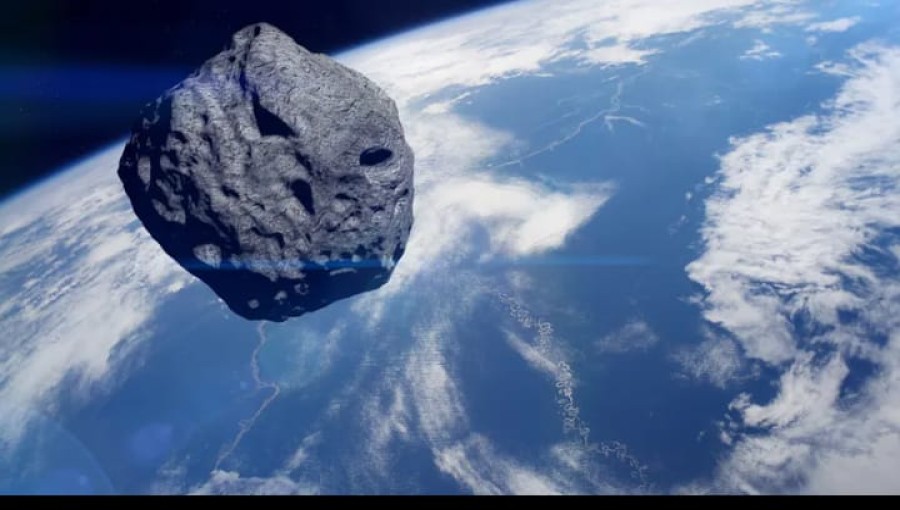

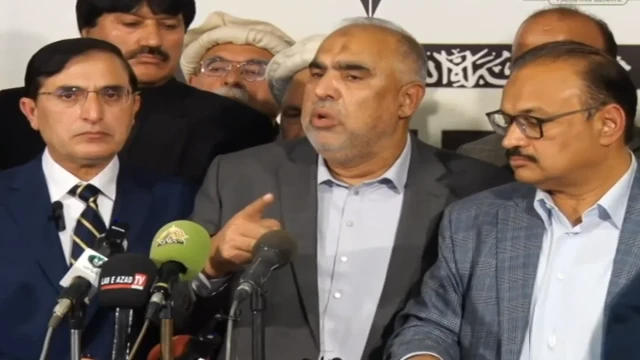
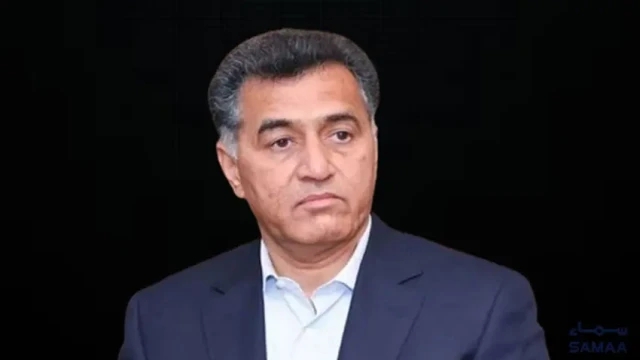












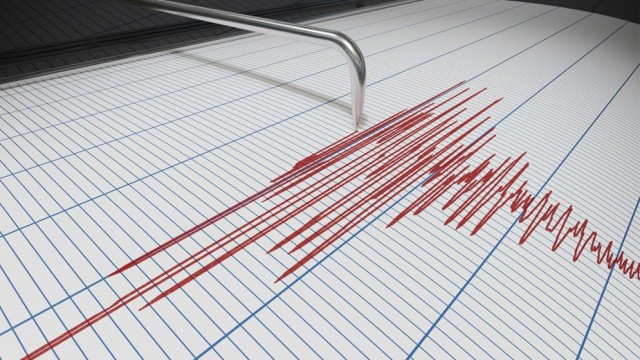



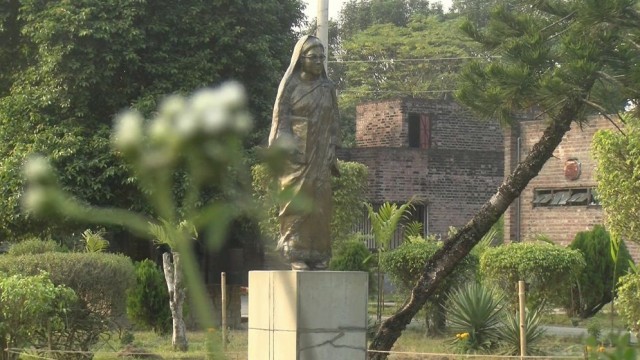







Comment: